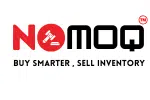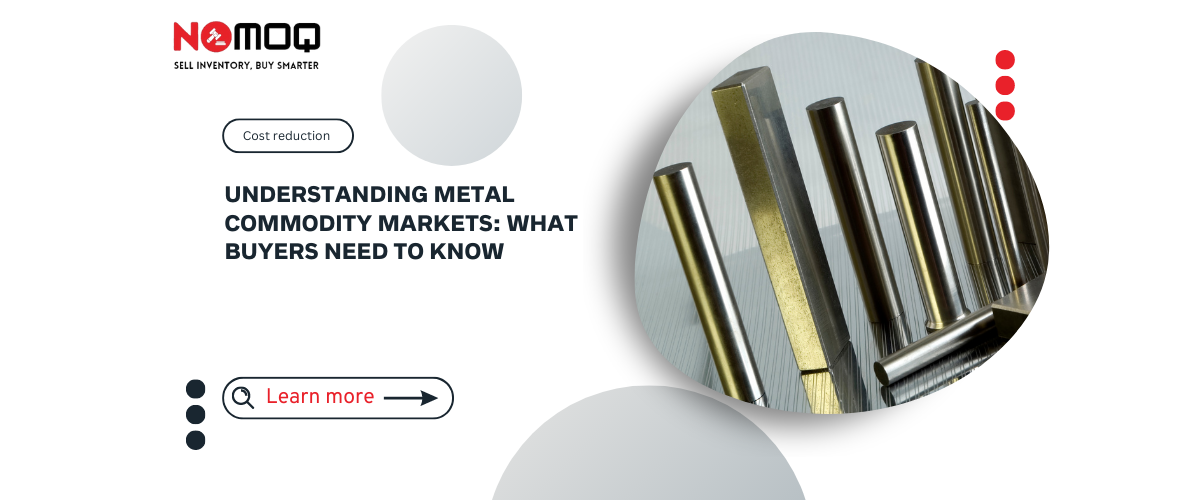As a buyer in the metal commodity markets, it’s important to have a good understanding of how the market works and what factors can impact pricing. With the global economy relying heavily on the metal industry, any changes in the market can have a significant impact on both buyers and sellers. In this blog post, we’ll discuss some key aspects of metal commodity markets that buyers should know.
The Basics of Metal Commodity Markets
Firstly, let’s define what a commodity is. A commodity is a basic good or raw material that is interchangeable with other goods of the same type. Metal commodities, such as copper, aluminum, and steel, are widely used in many industries, from construction to manufacturing. The price of these commodities is determined by supply and demand, as well as by geopolitical and economic factors.
The metal commodity markets are complex and constantly changing, which makes it challenging for buyers to predict pricing trends. However, there are some key factors that can influence the market.
Factors that Impact Metal Commodity Markets
Supply and demand: As with any commodity, supply and demand play a crucial role in determining the price of metals. When demand is high and supply is low, prices tend to rise, while oversupply can lead to a decrease in pricing.
Geopolitical factors: Political instability, war, and natural disasters can all impact the metal commodity markets. For example, if a major copper mine is shut down due to political unrest, this can cause a shortage of copper and drive up prices.
Economic factors: Economic factors such as inflation, interest rates, and currency exchange rates can all impact the metal commodity markets. For example, if the US dollar weakens, this can lead to an increase in the price of metals since they are often priced in US dollars.
Environmental factors: Environmental regulations and sustainability concerns are becoming increasingly important in the metal industry. Buyers who prioritize environmentally responsible products may be willing to pay a premium for metals that are produced sustainably.
Strategies for Metal Commodity Buyers
Given the volatility of the metal commodity markets, it’s important for buyers to develop strategies to manage risk and minimize the impact of pricing fluctuations. Here are some strategies to consider:
Hedging: Hedging involves buying or selling futures contracts to offset the risk of price changes. For example, a buyer could buy a copper futures contract to lock in a certain price for copper, regardless of any price changes in the market.
Diversification: Diversifying your portfolio of metals can help to spread risk and minimize the impact of any one metal’s price fluctuations.
Long-term contracts: Entering into long-term contracts with suppliers can help to provide stability and predictability in pricing.
Conclusion
In summary, buyers in the metal commodity markets need to be aware of the many factors that can impact pricing, including supply and demand, geopolitical and economic factors, and environmental concerns. Developing strategies such as hedging, diversification, and long-term contracts can help buyers to manage risk and minimize the impact of pricing fluctuations. By staying informed and proactive, buyers can navigate the complex metal commodity markets and make informed decisions for their businesses.

